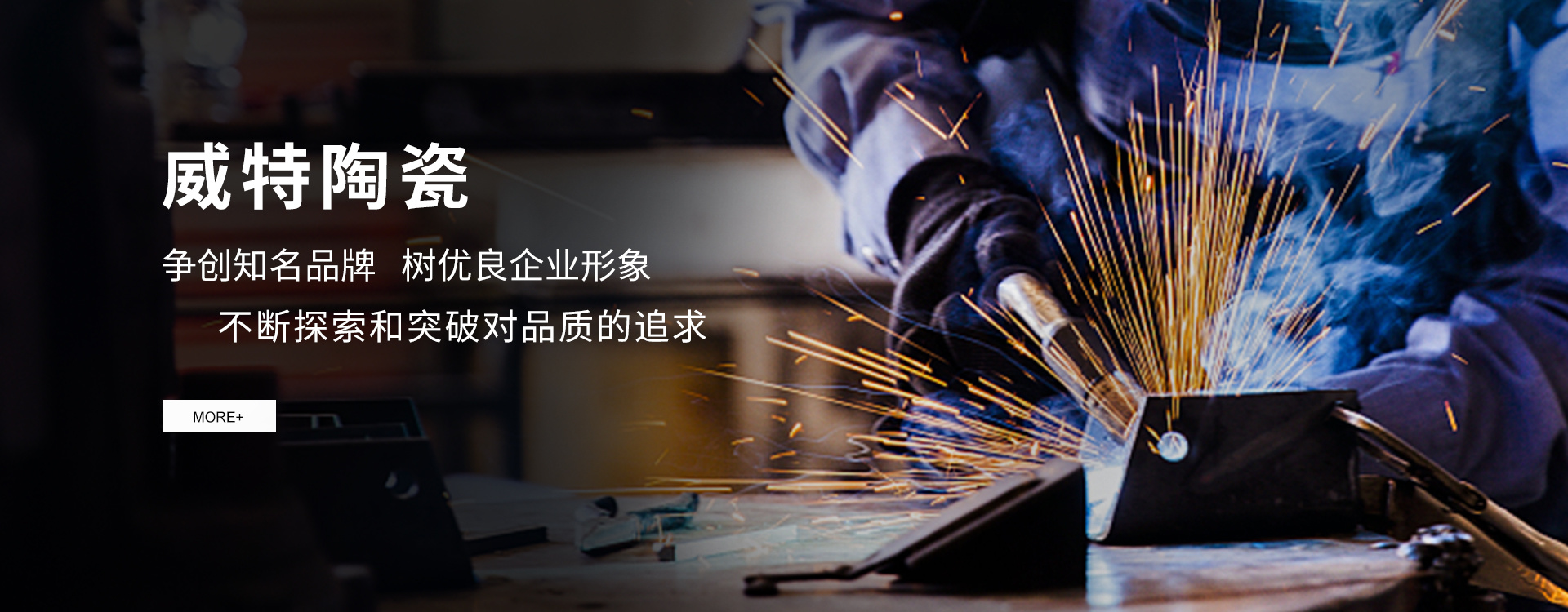
NEWS
Some knowledge points of structural ceramics
Release time:
2022-05-24
Structural ceramics have excellent strength, hardness, insulation, heat conduction, high temperature resistance, oxidation resistance, corrosion resistance, wear resistance, high temperature strength and other characteristics. Therefore, under very harsh environment or engineering application conditions, its high stability and excellent mechanical properties have attracted much attention in the material field, and its application range is expanding day by day. However, global and domestic industries are increasingly demanding high precision, high wear resistance and high reliability mechanical or electronic components. Therefore, the demand for ceramic products is highly valued and its market growth rate is considerable.

Structural ceramics as structural components. Composed of single or composite oxides or non-oxides, such as Al2O3, ZrO2, SiC, Si3N4, or composited with each other or combined with carbon fibers. For the manufacture of ceramic engines and special parts for wear and high temperature resistance.
Special structural ceramics are an important branch of ceramic materials. They have mechanical properties such as high temperature resistance, high strength, superhardness, wear resistance, and corrosion resistance. They have important applications in metallurgy, aerospace, energy, machinery, and optics. Special structural ceramics include the following types:
Nitride ceramics are a new type of structural ceramics developed in the past 20 years. The difference between it and ordinary silicate ceramics is that the combination of nitrogen and silicon in the former is a covalent bond, so it has the characteristics of strong binding force and good insulation.
Silicon nitride has high strength and hardness, and is one of the hardest materials in the world. It has good temperature resistance, and its strength can be maintained at a high temperature of 1200 without decomposing until 1900. In addition, it has amazing chemical resistance and is also a high-performance electrical insulation material. The overall performance of various silicon nitride structural ceramic products produced by microwave sintering technology has reached the international advanced level.
The characteristics of zirconia ceramic materials in structural ceramics are:
1. The phase transition of zirconia is the theoretical basis for zirconia to be used as structural ceramics and functional ceramics.
2. The toughening effect of zirconia: Zirconia has toughening properties, which is the theoretical basis for zirconia as a structural ceramic. The basic principle of toughening is that tetragonal zirconia is affected by external forces (temperature and stress), and when zirconia changes from a tetragonal structure to a monoclinic structure, it produces an effect, absorbs the energy of destruction, and inhibits the change and expansion of cracks.
3. Solid solubility and stabilization of zirconia composite materials: adding oxides to stabilize zirconia to obtain different phase systems provides a technical application basis for the application of zirconia materials in structural ceramics. Tetragonal zirconia is the theoretical basis for the application of zirconia structural ceramics.
Zirconia is characterized by high fracture toughness, strength, hardness and wear resistance, and exhibits excellent mechanical properties and plasticity. Therefore, it promotes the rapid application and development of zirconia materials in structural ceramics , and is considered to be a promising new structural material.
Recommend




